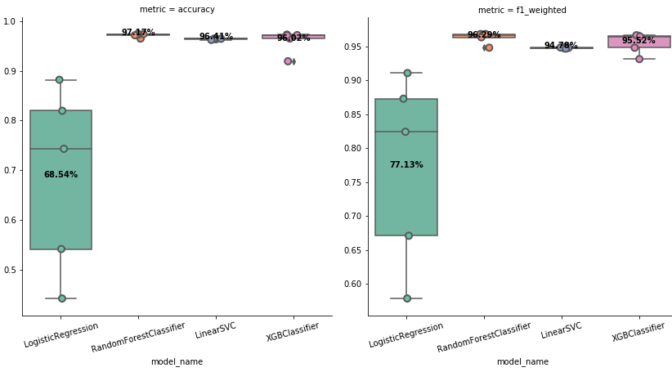Scroll to the right to see effectiveness in colors. Green – better after boosting, Red – worse after boosting.
Test device: weBoost Drive Reach Overland.
In summary,
- Upload speeds usually increase, not necessarily for download. Stability usually increases but won’t affect user experience for video streaming.
- You can never rely on it to hope it will work at the location you are heading.
- When there’s really no signal, there’s nothing you can do.
- When you just left somewhere that has one bar and enter no signal zone, boosting usually help.
- Boosting sometimes make it worse for some reason, you need to test it.
For any feedback, or if you’d like to contribute. Please leave a comment or email to el@tll.tl


